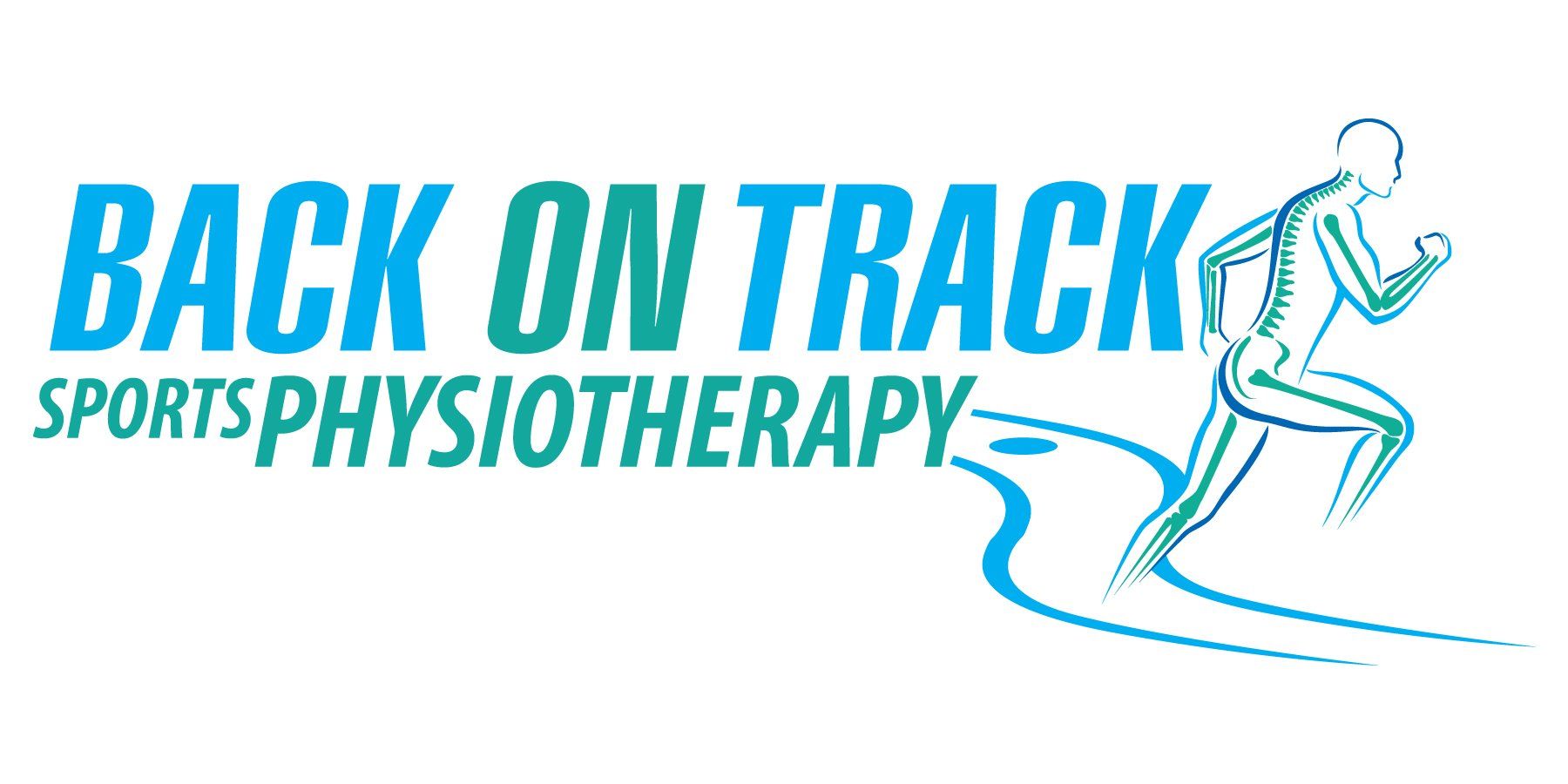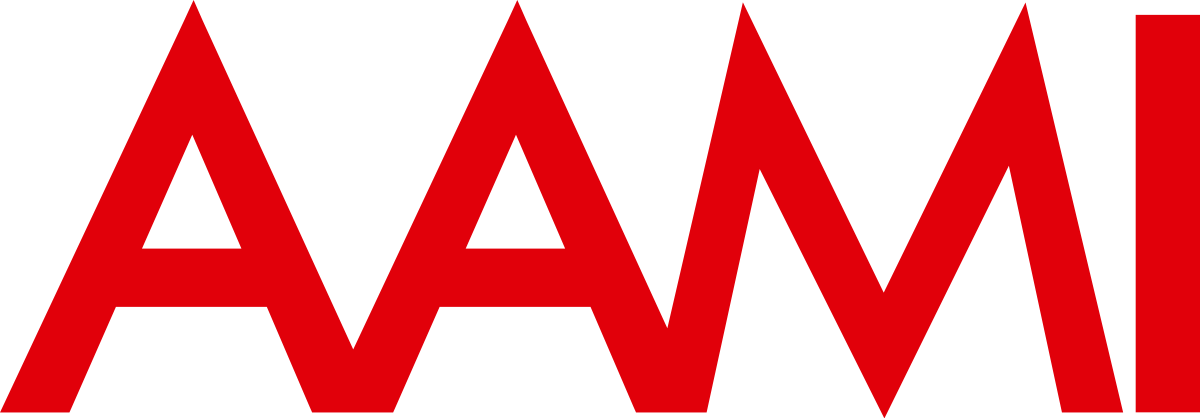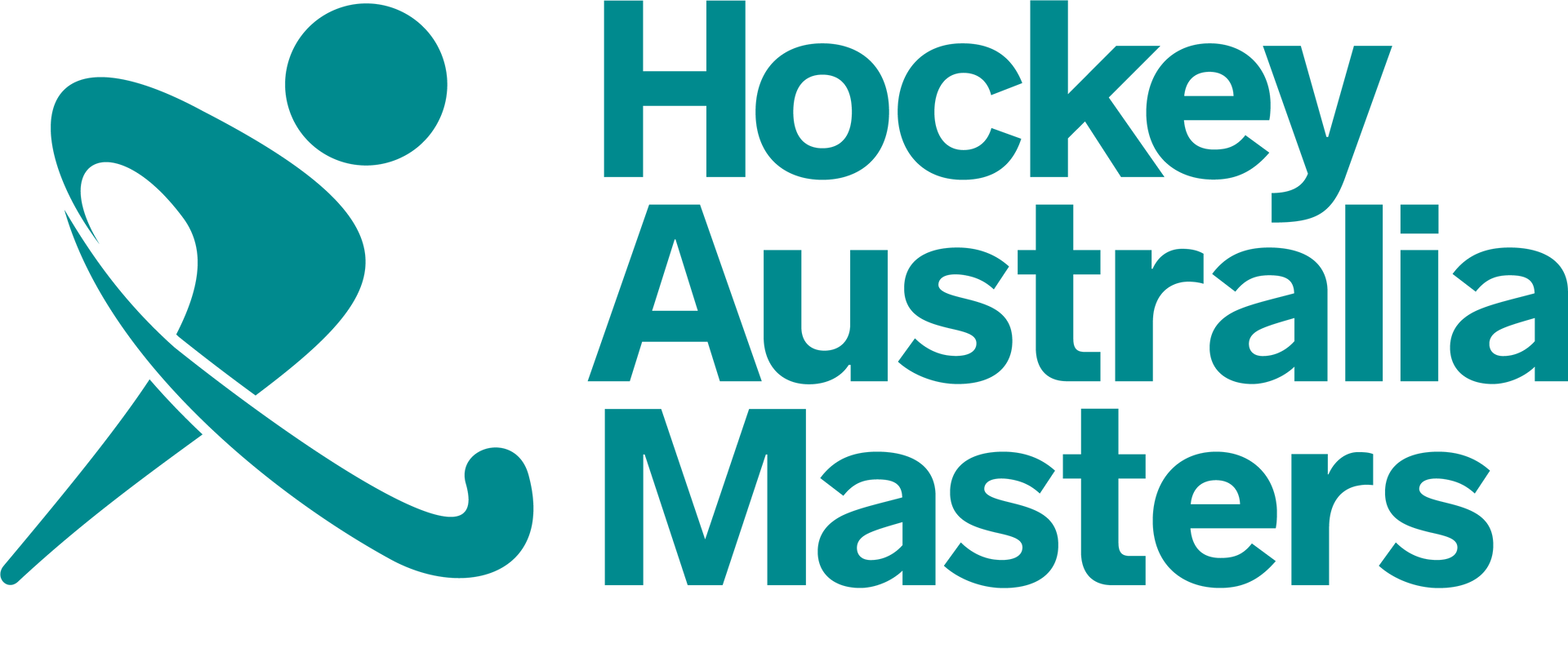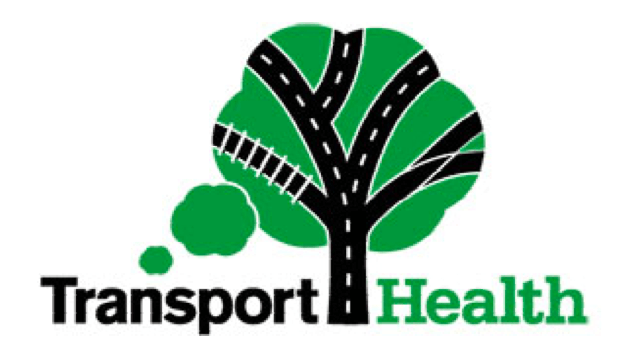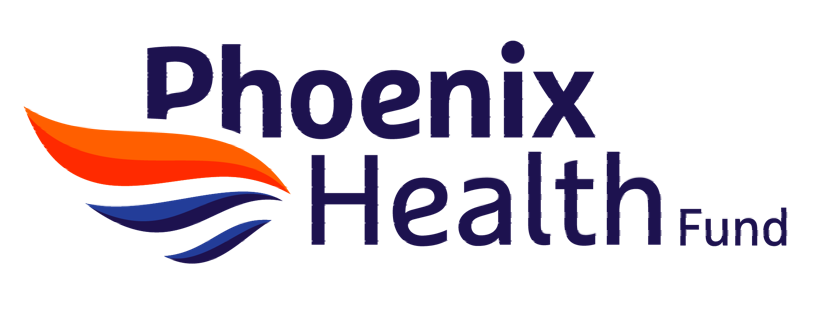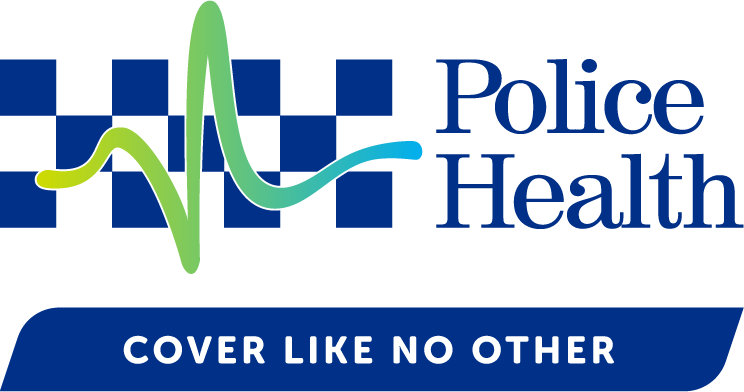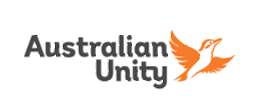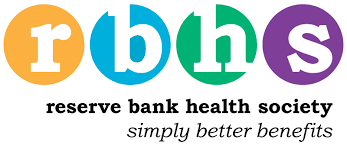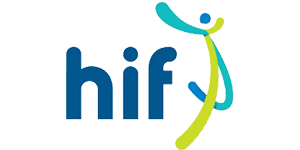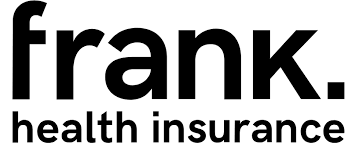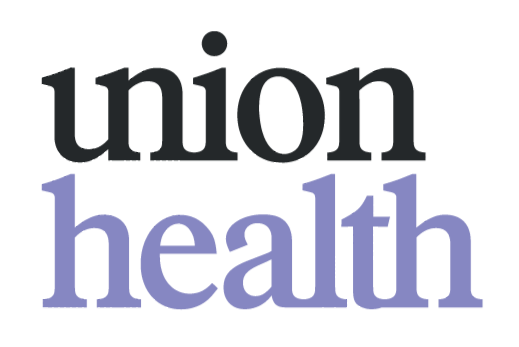Open 7 Days
APA Titled Sports Physiotherapy For Injury & Performance
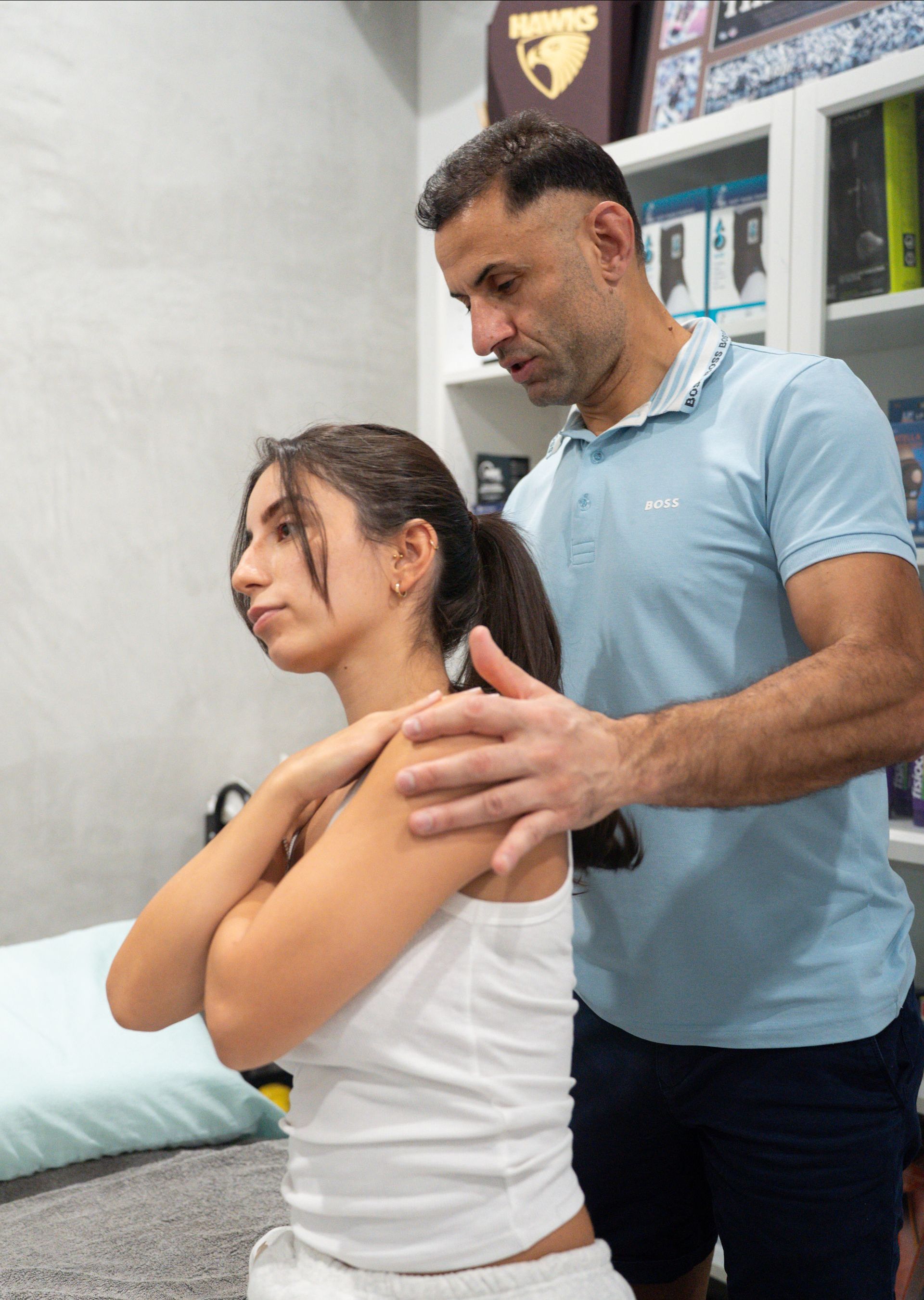
Whether you are a professional athlete or a weekend warrior, a sports injury can be a frustrating setback, impacting both your performance and your passion for the game. But what if you could not only recover faster, but also prevent future injuries and consistently perform at your peak? Advanced sports physiotherapy is the key to unlocking this potential, offering a precise, evidence based approach to your athletic health.
We will delve into key aspects of sports injury and performance, including:
- The Role of an APA Titled Sports & Exercise Physiotherapist
- Common Sports Injuries and Their Causes
- Comprehensive Rehabilitation and Recovery
- Injury Prevention and Performance Enhancement
This guide builds on our insights from what a titled sports physiotherapist is and why you should see one, detailing the expertise behind our care.
At Back On Track Sports Physiotherapy in Glen Iris, Melbourne, we are dedicated to helping athletes of all levels. For a comprehensive assessment and a clear return to sport strategy, consider our expert sports physiotherapy services.
Disclaimer
Important Note: The information provided in this blog post is for general educational and informational purposes only, and does not constitute medical advice. It is not intended to diagnose, treat, cure, or prevent any health condition. Always consult with a qualified healthcare professional, such as a physiotherapist or doctor, for personalised advice regarding your specific circumstances, health concerns, or before starting any new treatment or exercise program. Individual results and recommendations may vary.
Frequently Asked Questions (FAQs)
Here are some common questions we receive from athletes and active individuals about sports physiotherapy, its benefits, and how it can help you get back in the game.
Q1. What is the difference between general physio and sports physio?
Sports physiotherapy is a specialised field focused on the unique demands of athletes. While general physiotherapy addresses a wide range of conditions, a sports physio has advanced training in movement mechanics and physiological requirements of sport, which helps with targeted rehab and performance enhancement.
Q2. How long does it take to recover from a sports injury?
Recovery time varies greatly depending on the injury's severity, location, and the individual. However, timely and accurate diagnosis, combined with a personalised rehabilitation program, can significantly expedite the healing process and decrease pain, restoring neuromuscular function sooner.
Q3. How can I prevent sports injuries from happening?
Injury prevention is crucial for athletic longevity. It involves a holistic approach including proper warm ups, sport specific drills, strength and conditioning, and managing training loads. A physiotherapist can identify your individual risk factors and create a customised plan to keep you playing and reduce injury risk. To learn more, read our blog on prevention of sports injuries.
The Role of an APA Titled Sports & Exercise Physiotherapist
An expert APA Titled Sports & Exercise Physiotherapist is more than just a physio; we are a partner in your athletic journey. They possess a higher level understanding of biomechanics and the specific demands of your sport, ensuring your treatment and recovery are not only effective but also tailored to help you perform at your best. This section will break down the key roles of our specialists in your health.

- A partner in your athletic journey.
- An understanding of biomechanics and sport specific demands.
- More than just a clinician.
- Tailored to help you perform at your best.
The Difference an APA Titled Sports & Exercise Physiotherapist Makes
An APA Titled Sports & Exercise Physiotherapist is a clinician who has been formally recognised by the Australian Physiotherapy Association (APA) for their advanced expertise. To earn this title, a physiotherapist must complete postgraduate qualifications and have extensive hands-on experience with athletes. This designation represents the highest standard of care in sports physiotherapy, providing you with confidence that you are receiving an elite level of treatment.
- APA recognition for advanced expertise.
- Postgraduate qualifications and extensive experience.
Comprehensive Assessment and Diagnosis
Our role begins with a comprehensive assessment. We look beyond the site of the injury to find the root cause of the problem. This includes analysing your movement patterns, biomechanics, and training history. A timely and accurate diagnosis is the critical first step to accelerating the healing process, decreasing pain, and restoring neuromuscular function. For more on this, review our blog on understanding the role of a sports physiotherapist.
- We look beyond the injury site.
- We analyse movement patterns and biomechanics.
Common Sports Injuries and Their Causes
While an injury can feel like a setback, understanding its causes is the first step towards a complete recovery. Sports injuries are often a result of a direct impact, an overload, or poor training technique. By addressing these factors, we can create a plan to not only heal the injury but also prevent it from reoccurring.
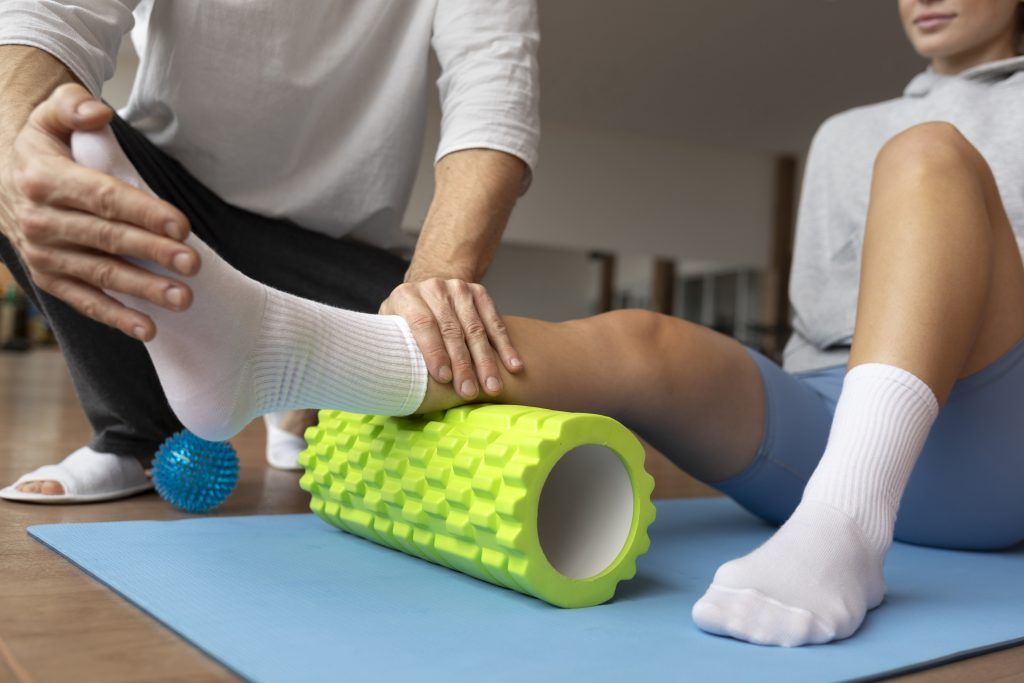
- Understanding the causes is the first step.
- Injuries can be a result of direct impact or overload.
- A plan can help to heal and prevent reoccurring injuries.
- Training errors can be a significant factor.
Causes of Common Sports Injuries
The majority of sports injuries result from either a direct impact or an indirect force, such as a twist or sprain. However, many are also caused by overuse stresses and training errors. These can include:
- Training errors: Either "under training," where a tissue is not prepared for a load, or "over training," which leads to breakdown and stress fractures.
- Impact: A direct force that can cause bruising or broken bones.
- Overload: A sudden stress on a tissue that exceeds its capacity, resulting in strains, sprains, or tears.
For a deeper dive into these issues, review our blog on the causes of sports injuries.
Identifying Common Sports Injuries
Our team is equipped to diagnose and treat a wide variety of acute and chronic conditions. Some of the most common sporting injuries we treat include:
- Running injuries: Such as runner's knee, shin splints, and Achilles tendinopathy. For more information, review our blog on common running injuries.
- Ligament and joint injuries: Including ACL tears, ankle sprains, and meniscal tears. For immediate insights into ankle injuries, review our
Acute Ankle Injuries 101 guide.
Comprehensive Rehabilitation and Recovery
Rehabilitation is a critical phase of your recovery journey that requires a comprehensive and tailored approach. Our goal is not just to get you pain free, but to restore full function, strength, and confidence, ensuring you return to your sport stronger than you were before.

- Rehabilitation is a critical phase.
- Our goal is to restore full function.
- Get you back to sport stronger than before.
- Tailored to your specific needs.
The Stages of Rehabilitation
Rehabilitation is a structured process that begins as soon as you get injured. It typically progresses through three phases: the inflammatory phase, the proliferation phase (tissue repair), and the remodelling phase (increasing scar strength). Our physiotherapists design a program to guide you through these stages, ensuring optimal healing. For more detail, review our blog on recovery techniques to accelerate healing.
- A structured process from injury to recovery.
- We guide you through three healing phases.
Hands on Treatment and Modalities
Our rehabilitation plans include a combination of hands on manual therapies and advanced modalities to aid your recovery. These are used to reduce pain, improve circulation, and restore mobility. Examples of our effective therapies include soft tissue massage, joint mobilisation, and advanced treatments such as dry needling and shockwave therapy.
- Manual therapies to reduce pain.
- Advanced modalities to aid recovery.
Injury Prevention and Performance Enhancement
A key component of advanced sports physiotherapy is moving beyond recovery to focus on prevention and enhancement. We are dedicated to helping you stay healthy for the long run and to reach your full athletic potential by addressing risk factors and optimising your physical conditioning.
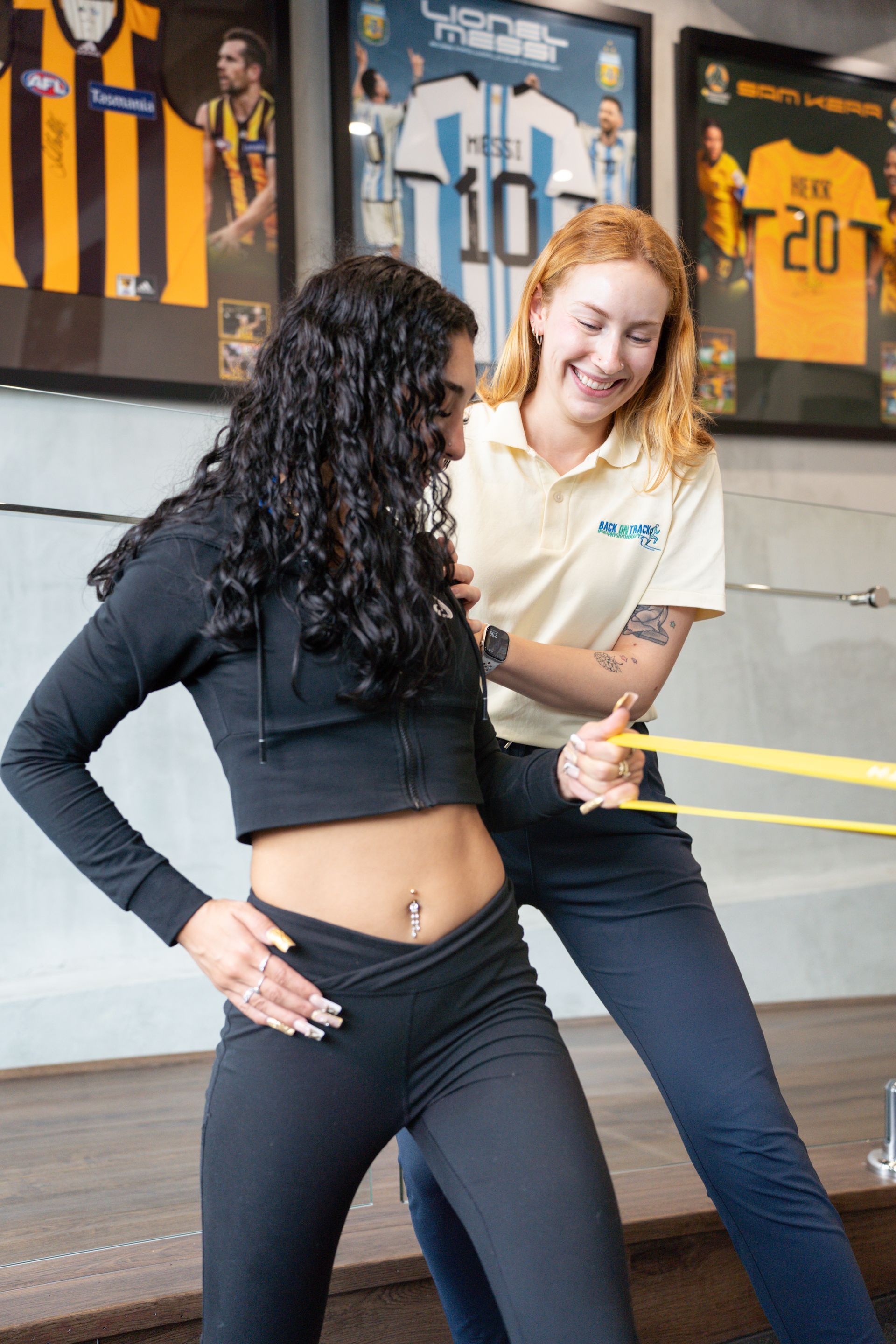
- Focus on prevention and enhancement.
- Help you stay healthy for the long run.
- Optimise your physical conditioning.
- Address risk factors.
Strategies for Long Term Injury Prevention
We believe that prevention is always better than cure. Our physiotherapists provide guidance on a variety of injury prevention strategies, including:
- Proper warm up and cool down routines.
- Biomechanical analysis of your movement patterns.
- Strength training programs that address muscle imbalances and weaknesses.
By adopting these strategies, you can significantly reduce your risk of injury. For more insights on this, review our blog on the prevention of sports injuries.
Optimising Performance
Beyond injury prevention, a sports physiotherapist can help you enhance your athletic performance. By analysing your movement and biomechanics, we can identify inefficient patterns and design corrective exercises to improve your physical conditioning, speed, and agility. Our goal is to help you not only return to your sport, but to excel at it. For more on this, review our blog on what is sports physiotherapy and how can it improve your performance.
- Analysing your movement and biomechanics.
- Designing corrective exercises.
Conclusion
This guide has provided a comprehensive overview of how advanced sports physiotherapy can be a game changer for athletes and active individuals in Melbourne. From meticulous injury diagnosis and treatment to proactive prevention and performance enhancement, our expertise is your advantage.
At Back On Track Sports Physiotherapy, your journey to moving better and feeling better is our priority. We are dedicated to providing personalised, evidence based care.
Ready to confidently return to your sport stronger than before? Contact our expert team or book your appointment online for a tailored rehabilitation and performance plan.
📍 Visit us at 19–21 High Street Glen Iris, Melbourne
🕒 Open 7 days a week
💻
Book online
📞 Or call


